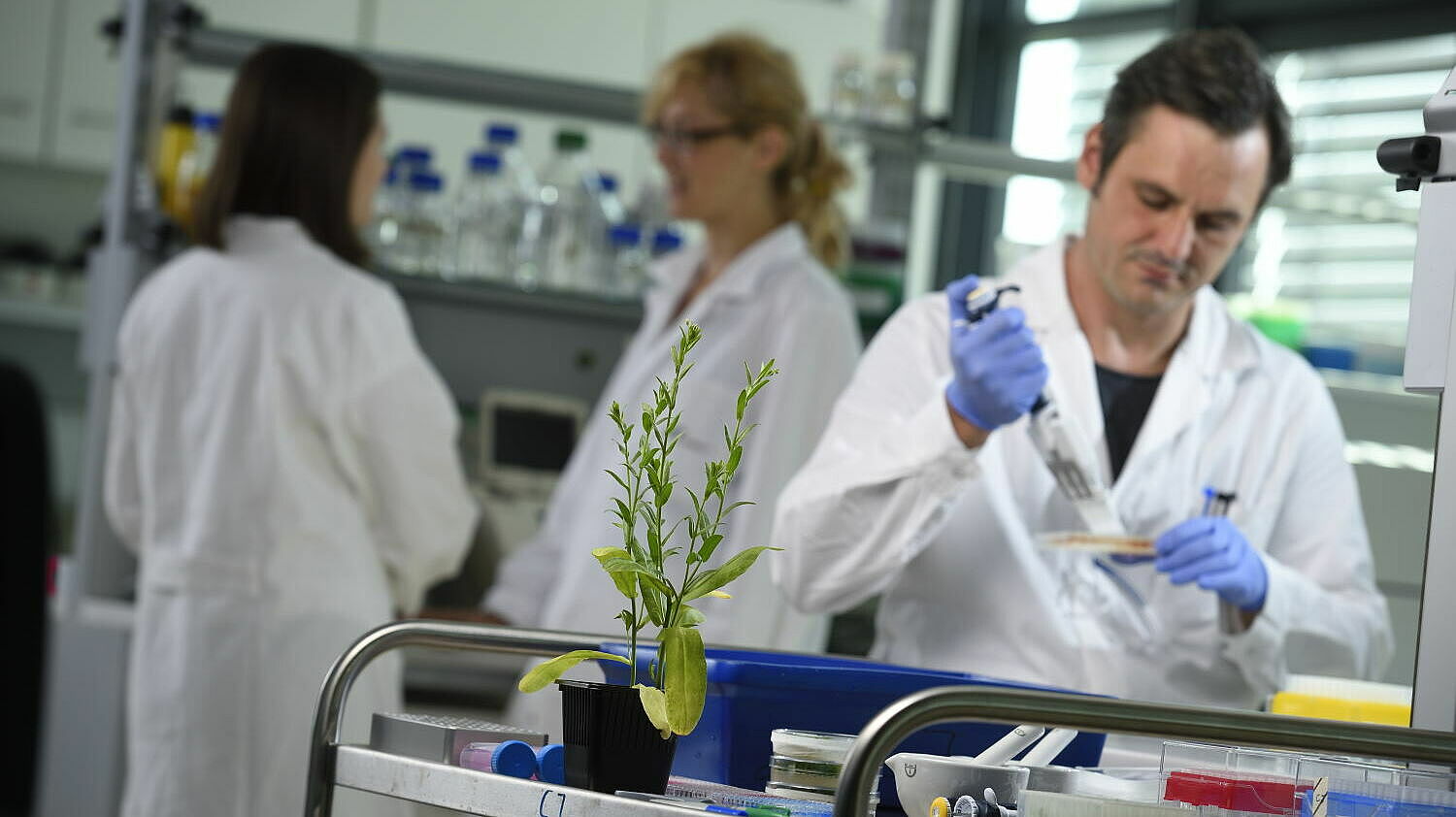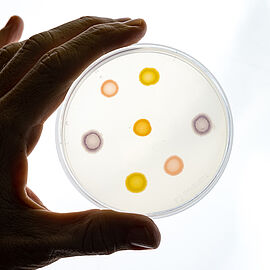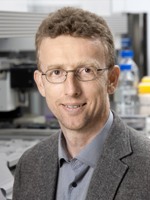Human activities (industry, agriculture) cause pollution of the environment (soil, groundwater, etc.) by chemical substances. Many of these chemical pollutants are toxic to humans and the environment and can be carcinogenic or teratogenic. Since each contaminated site has its individual characteristics (e.g. size, (hydro)geology, mixture of contaminants, architecture of contaminant source), remediation concepts have to be tailored for each contaminated site. Treatment technologies of contaminated environmental compartments to degrade, or remove contaminants can be based on physical, chemical or biological mechanisms. Each treatment technology has its advantages and disadvantages. Biological treatment has the advantage to need very low input of energy and chemical amendments. However, a successful biological remediation requires suitable organisms and the know-how about their optimal growth- and living conditions and how to engineer this at a contaminated site. We develop remediation technologies with a focus on microbial remediation of organic contaminants. Our aim is to develop technologies in the lab and test them under real field conditions together with our partners from industry.
Optimised reductive dechlorination by Dehalococcoides
Bacterial consortia containing Dehalococcoides are able to completely dechlorinate chlorinated ethenes and other chlorinated hydrocarbons. We work on the integration of microbial reductive dechlorination with other remediation technologies (e.g. chemical reduction with nZVI; combination with surfactants) to be able to better engineer the living conditions for Dehalococcoides in the field and to improve bioaccessibility of chlorinated compounds.
Bioremediation of Petroleum hydrocarbons and cyanides
Petroleum hydrocarbons (PHC) are among the most contaminants found in soil and groundwater worldwide. We develop and investigate biological methods to degrade PHC in soil and groundwater. These methods include rhizodegradation (i.e. the degradation of organic contaminants by microbes living in the rhizosphere of plants) and bioremediation (i.e. degradation of organic contaminants by microorganisms in different environmental compartments).
At former gas plant sites together with PHCs also cyanides (mostly in form of Berlin Blue) contaminated the ground leading to high cyanide concentrations in the groundwater. We work on microbial remediation technologies to degrade these cyanides an on the development of analytical tools to characterise different cyanide species in groundwater.
Microbial remediation of Persistent Organic Pollutants (POP)
We are searching for microbial strains that are able to degrade Persistent Organic Pollutants (POPs) like Poly- and Perfluorinated Alkyl Substances (PFAS) which are members of the Stockholm Convention of POPs. Ways to degrade these man-made substances in the environment are urgently needed. Our aim is to isolate strains and microbial consortia with a high potential for degradation of these substances and to develop remediation techniques for practical application.
Selected Projects
| FEBAK | Impact of aged iron suspensions on the bacterial dechlorination of chlorinated ethenes in groundwater - a field experiment |
| MIBIREM | Toolbox for Microbiome-Based Remediation |
| MIBICYD | Microbial remediation of gasworks-specific pollutants with special consideration of cyanides - laboratory studies and small-scale field experiments |





